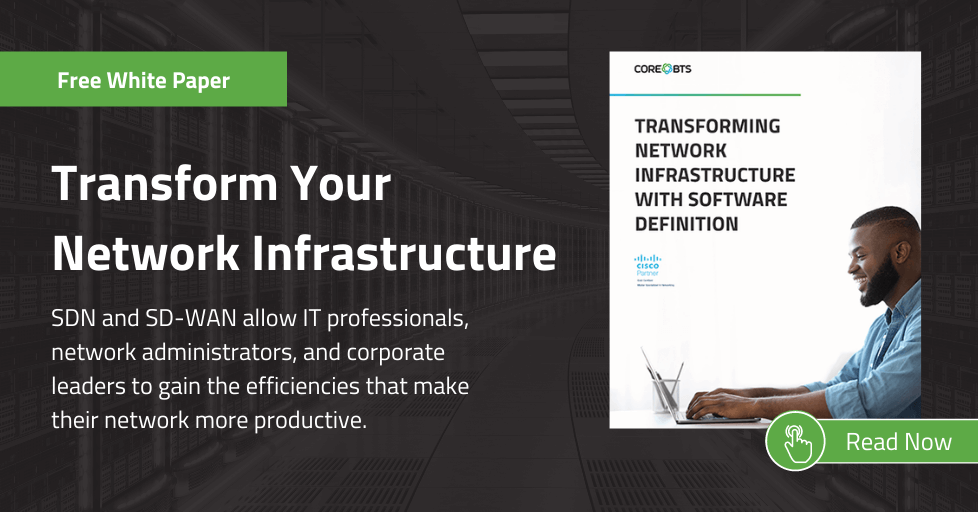Most conversations about migrating services to the cloud focus on migration of application workloads and data. The vision is often about whether something will live here or there instead of how to make workloads and data perform optimally. That is mostly a network infrastructure conversation, and it should be a prerequisite for any cloud migration strategy.
The story I hear from my clients and peers in the Network Engineering realm usually goes something like this, “Someone in the organization decided to migrate or deploy an application in Azure / AWS / GCP (pick one) and after the decision was made, I was brought in to ’establish connectivity’ to said cloud provider.”
This presents the network team with two potential options to “establish connectivity”:
Option 1
Connectivity is established as an extension to the legacy datacenter since this is the only place in the network topology where we can easily provide high availability, physical security, and policy enforcement controls.
Or
Option 2
A comprehensive network design is created that includes intelligent cloud on-ramps at strategic locations on the wide-area network. This reduces client application latency and eliminates dependency on the legacy on-prem datacenters. It may also create a new distributed security policy model and tools that will enforce policies without the need to pass traffic through physical appliances in the datacenter.
Which Option is Best?
Option 1 is the quick solution that meets the basic requirements of the project and is often the path taken. But the problem with the quick solution is that it creates a greater dependency on the legacy datacenter, adds unnecessary latency to the cloud applications, and creates an operational support challenge around skill sets and support tools.
These problems can compound after you demonstrate your ability to quickly establish connectivity to that first cloud provider because then the business adds a 2nd or 3rd cloud service provider to the mix, and the whole design becomes unmanageable.
Option 2 will take more effort, and potentially more investment, but it will lay a solid foundation to support your cloud infrastructure.
6 Questions Your Cloud Plan Must Answer
You need to have a plan before committing to a cloud strategy or cloud platform. Obviously, that plan needs to include the performance and reliability features we would expect in any network environment, but we also need to plan for the following:
- How will you support multiple cloud environments that have different network capabilities and support requirements?
- Will your current network and monitoring toolsets work with cloud services, or will you create a blind spot in the network?
- Can you provide the same policy enforcement points to enforce security on cloud application traffic, or will the security team need new tools?
- Does your Application Performance Management solution support cloud-hosted applications?
- Will your automation and orchestration tools support the cloud platform?
- Can your operations team support what you are building?
Close the Gap with an Aligned Network and Cloud Strategy
Application dependency mapping, workload and data analysis, and application modernization are all important parts of a cloud strategy, but don’t overlook the importance of aligning your network with your cloud strategy.







Share on